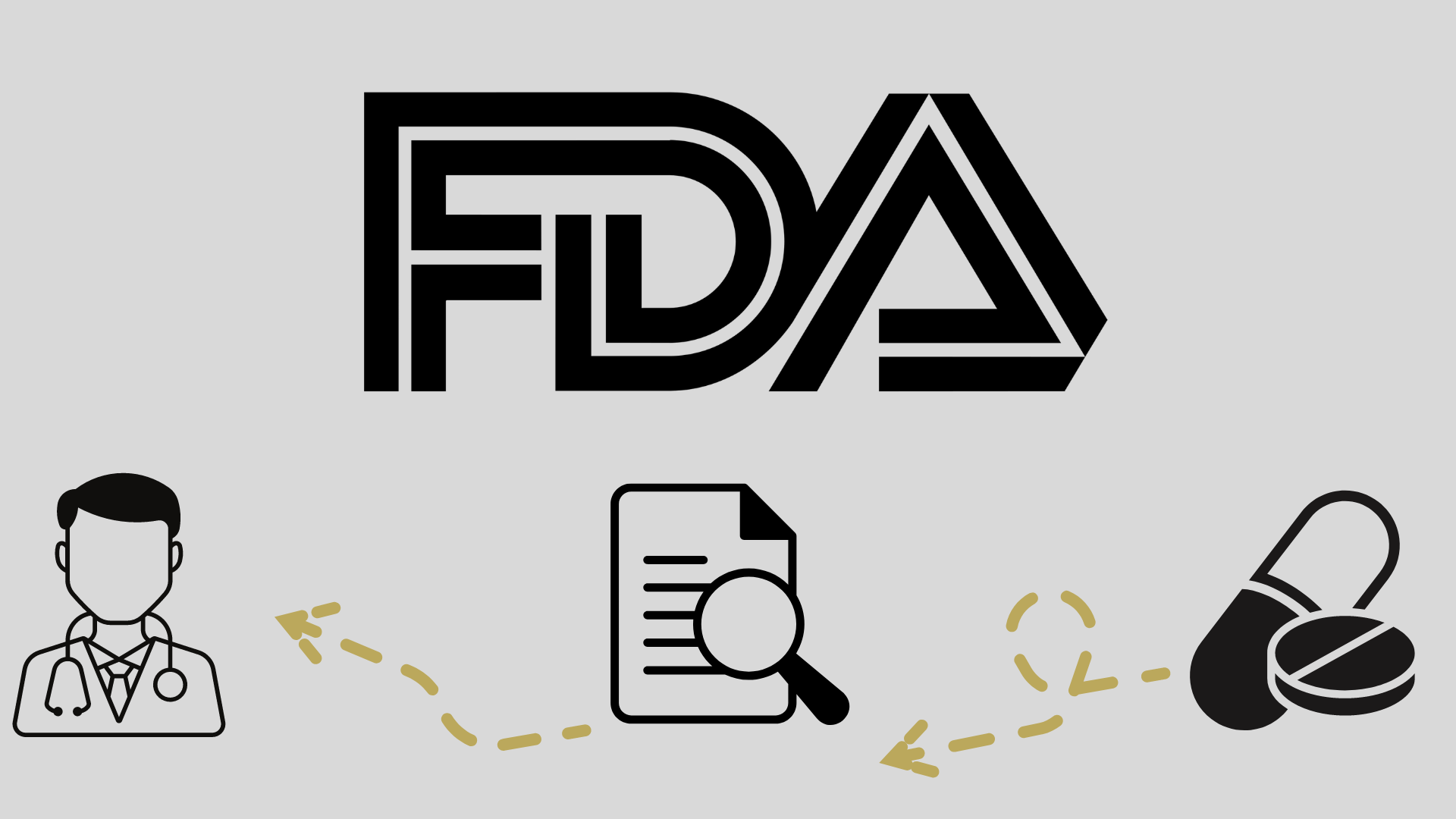
FDA Approves Pirtobrutinib in CLL and SLL

The FDA has granted accelerated approval to pirtobrutinib for the treatment of patients with previously treated chronic lymphocytic leukemia or small lymphocytic lymphoma.
- Pirtobrutinib (Jaypirca) was approved by the FDA for the treatment of adult patients with chronic lymphocytic leukemia (CLL) or small lymphocytic lymphoma (SLL) who have been treated with at least 2 prior lines of therapy, including a Bruton tyrosine kinase (BTK) and a B-cell lymphoma 2 (BCL-2) inhibitor.1,2
- The approval is supported by findings from the BRUIN trial (NCT03740529).
- In January 2023,
pirtobrutinib was approved for the treatment of patients with relapsed or refractory (R/R) mantle cell lymphoma.
The FDA has approved pirtobrutinib in R/R CLL and SLL based on findings from the phase 1/2 BRUIN trial.1,2
The overall response rate (ORR) was 72% (95% CI, 63%-80%), and the median duration of response (DOR) was 12.2 months (95% CI, 9.3-14.7). All responses were partial responses.1
The approved dose is 200 mg orally once daily until disease progression or unacceptable toxicity.
"This FDA approval—the second for [pirtobrutinib] in 2023—underscores the impactful clinical benefit of continuing to leverage the BTK pathway with [pirtobrutinib] for patients with CLL or SLL as seen in the BRUIN trial," said Jacob Van Naarden, chief executive officer, Loxo@Lilly, said in a press release.2 "These first 2 indications for [pirtobrutinib] represent the beginning of the eventual impact that we hope [pirtobrutinib] can have for patients, and we look forward to seeing the results of the comprehensive phase 3 development program across CLL, SLL, and MCL."
Further findings from the
The open-label, international, single-arm, multicohort trial assessed pirtobrutinib in 108 patients with CLL or SLL who had previously received treatment with a BTK or BCL-2 inhibitor. The primary phase 2 end point was ORR. The secondary end points for phase 2 included DOR, progression-free survival, overall survival, safety, pharmacokinetics, symptomatic response, and functional response.4
For safety, common adverse events (AEs, ≥ 20%) included fatigue, bruising, cough, musculoskeletal pain, COVID-19, diarrhea, pneumonia, abdominal pain, dyspnea, hemorrhage, edema, nausea, pyrexia, and headache. The grade 3 or 4 AEs observed in more than 10% of patients included decreased neutrophil counts, anemia, and decreased platelet counts. A total of 32% of patients experienced serious infections, and 10% of patients died from infection.1









































